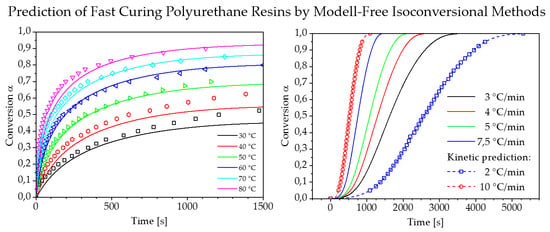Kinetic Prediction of Fast Curing Polyurethane Resins by Model-Free Isoconversional Methods
Abstract
Share and Cite
Stanko, M.; Stommel, M. Kinetic Prediction of Fast Curing Polyurethane Resins by Model-Free Isoconversional Methods. Polymers 2018, 10, 698. https://doi.org/10.3390/polym10070698
Stanko M, Stommel M. Kinetic Prediction of Fast Curing Polyurethane Resins by Model-Free Isoconversional Methods. Polymers. 2018; 10(7):698. https://doi.org/10.3390/polym10070698
Chicago/Turabian StyleStanko, Michael, and Markus Stommel. 2018. "Kinetic Prediction of Fast Curing Polyurethane Resins by Model-Free Isoconversional Methods" Polymers 10, no. 7: 698. https://doi.org/10.3390/polym10070698
APA StyleStanko, M., & Stommel, M. (2018). Kinetic Prediction of Fast Curing Polyurethane Resins by Model-Free Isoconversional Methods. Polymers, 10(7), 698. https://doi.org/10.3390/polym10070698





